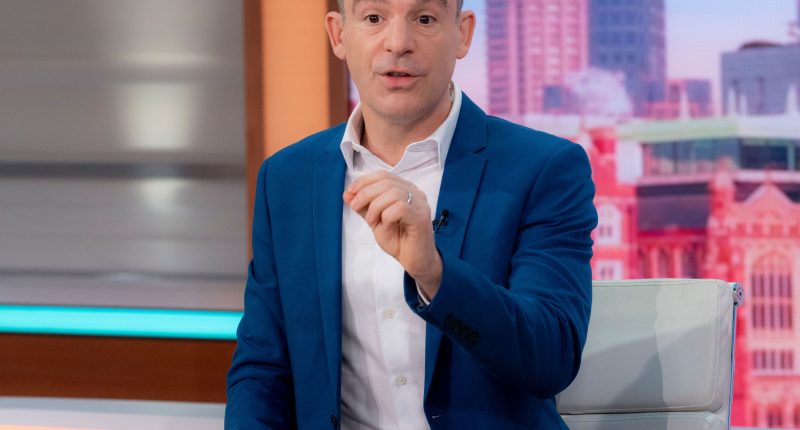MONEY expert Martin Lewis has warned Brits to bulk-buy a household staple before it jumps up in price.
The increase is set to come into play in a matter of days so if Brits don’t act now they’ll have to drop even more dosh than usual for the item.
First-class stamps currently cost £1.25, but they’ll be rising by 8 percent on April 2, 2024.
This means punters will pay an extra 10p per stamp whenever they want to send off a first class letter – and it’s not the only increase.
Large first-class stamps will be 15p more expensive and second-class stamp buyers will have to pay an extra 10p per item, a 13 percent increase.
Money guru Martin has advised Brits to buy them in bulk before the new prices begin to save a decent chunk of change for all their posting needs.
He said: “For years, every time stamps go up in price I’ve suggested people stock up and bulk-buy in advance, as provided the stamp doesn’t have a price on it and instead just says the postage class, it’s still valid after the hike.
“This has been an effective tactic, as a first-class letter stamp is now £1.25, soon to be rising to £1.35 – in 2012 it was just 60p. So you may as well stock up now.”
According to his Money Saving Expert (MSE) site, It’s the third time first-class stamp prices have jumped in the last year.
Brits only had to part with 95p just over a year ago, in March, but that quickly jumped upto £1.10 only a month later, in April.
Most read in Money
Then, in October of the same year they shot up again to £1.25.
How are postage prices decided?
Royal Mail typically increases the price of stamps annually.
Normally, it gives customers advance warning of around a month before pushing up prices.
This year the hike was announced in March.
Royal Mail said it is hiking the price of postage due to the decline in the number of people sending letters.
The number of letters being posted has dropped 60% since 2005 and around 20% since the start of the pandemic.
It has also blamed rising inflation for the increase
According to the posting firm the increase is because of increasing cost pressures, such as wages, and the six day a week service.
And, just last year the industry’s regulator, Ofcom, mentioned that second-class stamps will be capped at the rate of inflation until 2029, in an attempt to ease the worry of Brits who rely on the service to post important documents.
Nick Landon, chief commercial officer at Royal Mail, told The Mirror: “We always consider price changes very carefully but we face a situation where letter volumes have reduced dramatically over recent years while costs have increased.
“It is no longer sustainable to maintain a network built for 20 billion letters when we are now only delivering seven billion.
“As a result of letter volume decline, our posties now have to walk more than three times as far to deliver the same number of letters as before, increasing the delivery costs per letter.”
SIZE MATTERS
Guidance on the size of a standard letter states that it should be no larger than 24cm x 16.5cm x 5mm, while larger letters should be no bigger than 35.3cm x 25cm x 2.5cm.
First-class stamps command a higher fee because they come equipped with a promise of being delivered faster.
Certain urgent scenarios can benefit from the service – such as a passport delivery or the sending of an application.
Any letter with a first class stamp should be delivered by the next working day, while second-class stamps offer a more casual delivery time of up to three working days.
READ MORE SUN STORIES
The news comes after Royal Mail announced its making a major change to its services, and it’s good news for those who regularly shop online.
Shoppers who rely on Royal Mail to send and receive online orders will be able to use parcel lockers for the first time next month.












